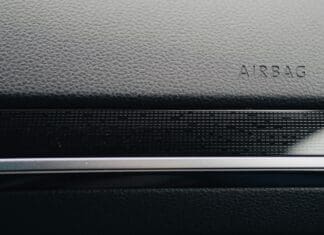This post is also available in:
 עברית (Hebrew)
עברית (Hebrew)
A pioneering UAV flight demonstrated a beyond visual line of sight (BVLOS) capability at high altitudes. The HiDRON stratospheric glider successfully reached a new altitude of 30 km (98,450 feet) breaking their previous 25km record. The aircraft was lifted by balloon. Despite the harsh environment, the HiDRON performed well with real-time data transmitting to the ground station during the 4 hour controlled descent.
This was the culmination of a 7-month collaboration between Stratodynamics and UAV pioneer, UAVOS. The Slovakian team was searching for a cost effective method to allow the AMON Airglow detector to have a clear view of the zenith and the nadir horizon poles while unencumbered by a weather balloon, according to uasvision.com.
The AMON – by Slovak Academy of Sciences Institute of Experimental Physics – is planned to be an ancillary instrument for EUSO-SPB2 (Extreme Universe Space Observatory) mission that will fly on a long-duration NASA balloon flight in 2022.
The HiDRON offered the perfect solution for the campaign as it’s programmable flight path back enabled an unobstructed view upwards from the stratosphere, and returned the valuable instrument back to the launch location.
The flight was also used for testing and advancing aspects of the HiDRON design including stratospheric flight dynamics, data links, and UAVOS’ Micro Version AP10.3 auto-pilot.
The HiDRON is made of composites, has a wingspan of 3.3m (11ft) and weighs 5kg (11 lb). It is designed to carry an in situ measurement instrument weighing up to 1kg (2.2 lb).
The fixed-wing glider does not use engines or propellers, although there is a battery to power the telemetry, payload, etc., according to aerospacetestinginternational.com.


























